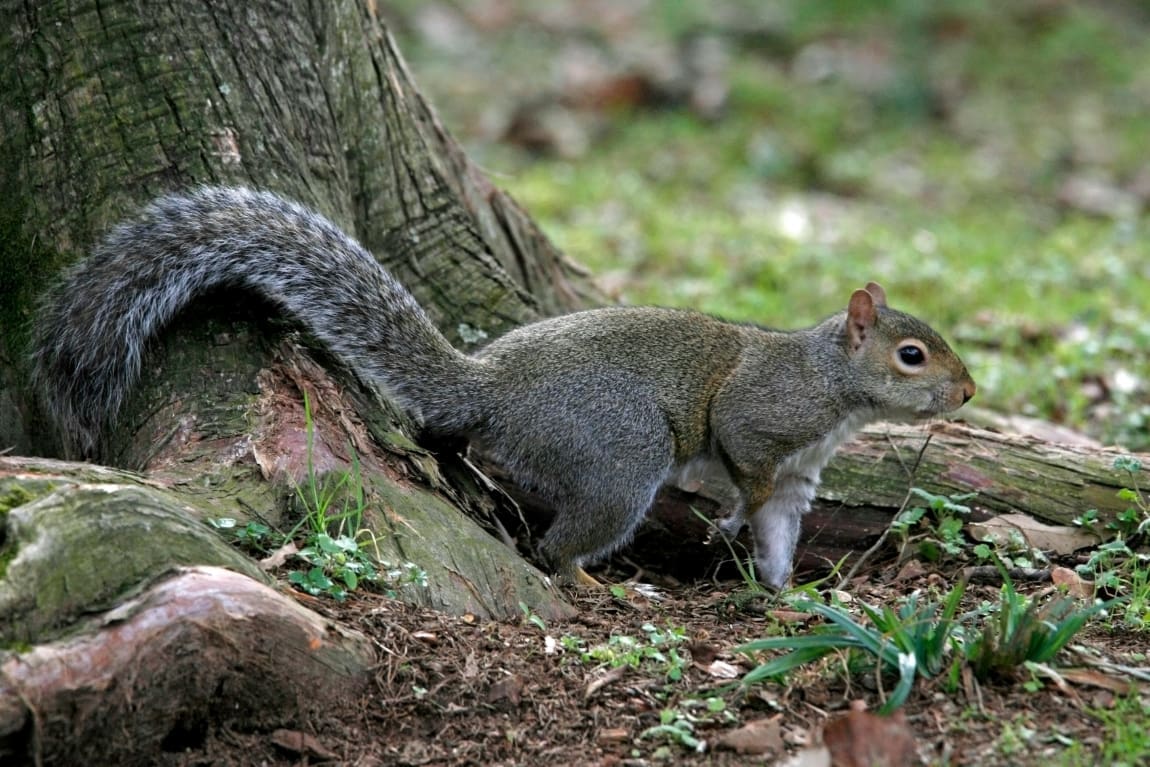By Joey Pitchford | North Carolina State University
While human activity has had a massive effect on the natural world, a new study from North Carolina State University finds that climate is still the most influential factor in determining where mammals can thrive. The work sheds light on how climate change will affect wildlife populations.
Roland Kays, lead author of a paper on the work, said the study’s goal was to compare the importance of climate versus human factors in where mammals chose to live. To do so, researchers collected data on 25 mammal species from 6,645 locations across the United States. The study is one of the largest camera trap data analyses ever done. The data came largely from Snapshot USA, which is a national mammal camera trap survey conducted with collaborators across the country.
“One of our ideas was that humans may have changed our landscape so much that we have become the primary determinants of which animals live where,” said Kays, who is a research professor at NC State and scientist at the N.C. Museum of Natural Sciences. “What we found was that in fact humans were not the most important. Climate, including temperature and the amount of rainfall, was the most important factor across most of the species we observed.”
However, human activity in the form of large population centers and agriculture was still a significant factor in where mammals chose to live. Some species struggled in the presence of cities and farms, Kays said, but many thrived.
“There are a lot of species that do well when humans are around. The Eastern gray squirrel for instance is the most common squirrel in Raleigh, and it does great around people. But there’s another species called the Eastern fox squirrel, and that one does well around agriculture but not as well around people,” he said. “We can see those differences in many other species. The snowshoe hare does poorly around both people and around agriculture. This study allows us to see the species that are sensitive to our impacts, and which ones benefit.”
This information helped researchers create maps which predict how common various mammals are across the contiguous U.S., which allowed them to separate the country into regions based on what kinds of mammals were common in each. These regions, known as ecoregions, are commonly used when studying plants but have never before been applied to mammal populations.
“When you look at something like the Eastern deciduous forest, that is an ecoregion classified by how common a type of tree is,” Kays said. “We’re now able to do that with mammal species and then compare that to the plant ecoregions. What we found was a striking similarity between the two. For instance, in the east where there is more rainfall, you have more plants growing. That lined up with a greater abundance of mammals that we saw in that region as well, because more plants mean more food for those animals to eat.”
The open access paper (pdf), ‘Climate, food and humans predict communities of mammals in the United States’ is available to read in Diversity and Distributions. In identifying climate as the number one influence on mammal habitat choice, the study presents a new tool for predicting the impacts of climate change on mammal populations. Rising global temperatures will cause shifts in where animals are able to live, as well as influence precipitation levels and plant growth. Understanding these factors will be important to making sustainable decisions about mammal population management in the future.
More information: Kays, R., Snider, M. H., Hess, G., Cove, M. V., Jensen, A., Shamon, H., McShea, W. J., Rooney, B., Allen, M. L., Pekins, C. E., Wilmers, C. C., Pendergast, M. E., Green, A. M., Suraci, J., Leslie, M. S., Nasrallah, S., Farkas, D., Jordan, M., Grigione, M., Parsons, A. at al. ‘Climate, food and humans predict communities of mammals in the United States’, Diversity and Distributions (2024); DOI: 10.1111/ddi.13900 | NCSU Press Release/Material. Featured image credit: Seth Wickham | Unsplash




